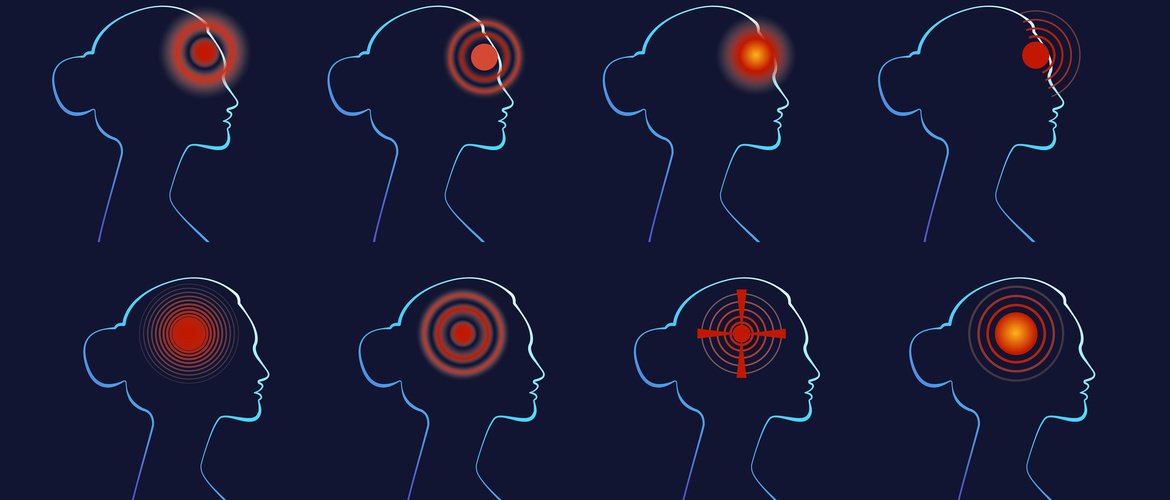
Choose a channel
Check out the different Progress in Mind content channels.

Progress in Mind

Migraine is a heterogeneous disease, and many patient-specific factors need to be taken into account when managing patients to provide each individual patient with the right treatment at the right time, explained experts at the Migraine Trust International Symposium 2022.
The importance of patient-specific factors and real-world evidence
An individualized approach when managing patients with migraine means taking into account a range of patient-specific factors, said Professor Christoph Schankin, Bern, Switzerland. These factors include:
Patient-specific factors facilitate an individualized approach to migraine management
Real-world data help inform individualized migraine patient management
Real-world evidence (RWE) can then be used to provide guidance on how to manage different subgroups of patients and address the needs of the full spectrum of individuals with migraine.
In contrast to randomized controlled trials (RCTs), RWE studies reflect clinical practice, explained Professor Schankin. Like RCTs, they may be interventional and prospective, but they may also be observational and prospective or retrospective. In addition, unlike RCTs, the patient populations in real-world studies are diverse and unrestricted, and monitoring may not be required.7
Real-world evidence on the use of calcitonin gene-related peptide pathway monoclonal antibodies
The evidence for the use of CGRP pathway mAbs for episodic and chronic migraine is moderate to high quality2
Professor Schankin presented the results of real-world studies evaluating the use of calcitonin gene-related peptide (CGRP) pathway monoclonal antibodies (mAbs) in specific migraine patient populations and clinical scenarios.
These studies have shown:
As a result of these data, the European Headache Federation (EHF) has updated its guideline on the use of mAbs targeting the CGRP pathway for migraine prevention, said Professor Schankin.
Efficacy of a CGRP pathway mAb should be evaluated after a minimum of 3 consecutive months on treatment2
The EHF guideline now highlights that the evidence for using CGRP pathway mAbs for episodic and chronic migraine is moderate to high quality2 using the Grading of Recommendations, Assessment, Development and Evaluation (GRADE) system.11
The guideline also provides statements on first-line use of CGRP pathway mAbs, response evaluation, duration of treatment, and switching CGRP pathway mAbs as follows:2
CGRP pathway mAb treatment should be paused after 12–18 months but restarted if migraine worsens after treatment withdrawal2
This satellite symposium was sponsored by Teva.
Our correspondent’s highlights from the symposium are meant as a fair representation of the scientific content presented. The views and opinions expressed on this page do not necessarily reflect those of Lundbeck.